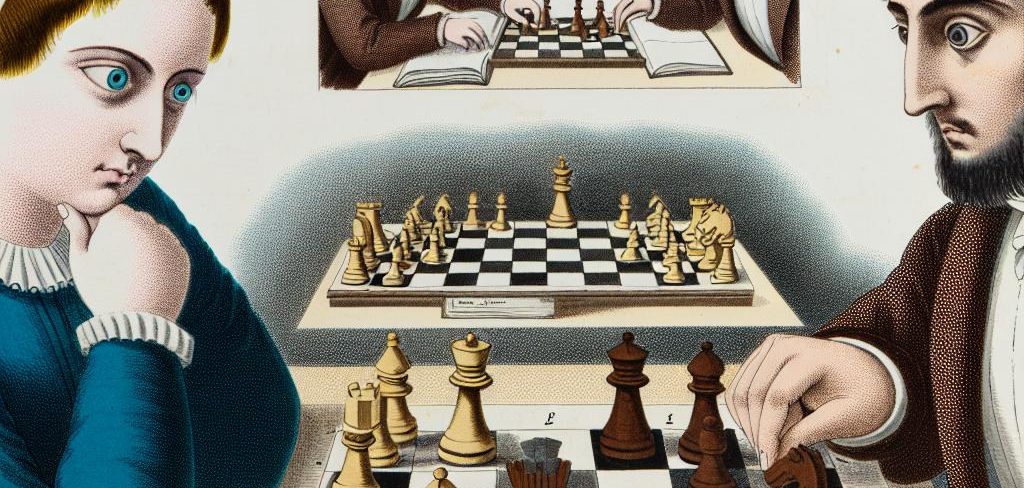Introduction to the Ruy-Lopez
The Ruy-Lopez, also popularly known as the Spanish Opening, stands as one of the most classical and widely played openings in the game of chess. This opening is recognized for its strategic depth and rich history, making it a favored choice among grandmasters while simultaneously offering an excellent opportunity for aspiring players to deepen their understanding of foundational opening principles. The appeal of the Ruy-Lopez lies not just in its historical significance but also in the intricate and rewarding middle-game positions it facilitates.
Opening Moves
The Ruy-Lopez is initiated with the following sequence of moves:
- e4 e5
- Nf3 Nc6
- Bb5
In this third move, when White advances their bishop to b5, the essence of the Ruy-Lopez is established. This move sets the stage for a strategic battle, focusing on undermining Black’s position and setting up long-term strategic plans.
Key Concepts
The Ruy-Lopez encompasses several critical ideas, which are imperative for players aiming to improve their game:
1. Center Control:
Control of the center is a central theme within the Ruy-Lopez, essential for launching successful attacks and maintaining flexibility during both the opening and later stages of the game. The moves in the Ruy-Lopez aim to confine Black’s pieces while exerting control over crucial central squares. White’s strategic deployment serves to put pressure on Black from the very beginning, establishing dominance and opening pathways for other piece developments.
2. Piece Development:
One of the hallmarks of the Ruy-Lopez is efficient piece development. Players should focus on mobilizing their knights and bishops to active squares in the early stages of the game. This systematic development not only supports a solid position but also enables strategic opportunities for castling and connecting rooks, which are pivotal for maintaining a cohesive setup.
3. Tactics:
Despite its rich strategic ideas, the Ruy-Lopez demands acute awareness of tactical possibilities that might spring up during the middle game. Players need to be vigilant for potential forks, pins, and skewers. These tactics can significantly alter the complexion of the board, often providing pivotal turning points in a game.
Main Variations
The Ruy-Lopez is not a monolithic system; it offers several well-defined variations. Each of these variations branches into different styles of play, presenting unique challenges and strategies.
Closed Ruy-Lopez
The Closed Ruy-Lopez is characterized by the development of pawn structures and minor pieces, leading to a slower-paced game that emphasizes strategic maneuvering. Players will often see a pawn chain taking shape, which serves to control the center and dictate the tempo of the game. This variation appeals to players who favor sustained pressure and gradual build-up of positions.
Open Ruy-Lopez
The Open Ruy-Lopez emerges when Black plays 3…a6 followed by 4…Nxe4 in response to White’s 4. Ba4. This variation is marked by more dynamic play and immediate tactical opportunities. It suits players who enjoy engaging in open file play and direct confrontations, as the early exchanges often lead to sharp tactical battles.
Berlin Defense
Known for its robustness at the highest levels of competition, the Berlin Defense arises with 3…Nf6. This line is famous for its endgame potential, allowing Black to challenge White’s opening ambitions from the beginning. The Berlin Defense has gained notoriety for its capacity to neutralize White’s plans while offering Black rich endgame opportunities if played properly.
Schliemann Defense
The Schliemann Defense is an aggressive alternative that begins with 3…f5. It aims to establish a sharp and tactical battle from the outset. While this can catch opponents unawares, it requires precise and accurate play from Black to avoid falling into disadvantageous positions. The Schliemann Defense offers a captivating mix of risk and reward, favoring those who delight in tactical play.
Conclusion
Mastering the Ruy-Lopez opening is more than merely learning a series of moves; it involves comprehending the strategic concepts underpinning the various lines and variations that comprise this rich opening system. The Ruy-Lopez not only facilitates a profound understanding of fundamental chess principles but also immerses players in complex and rewarding middle games, which can significantly advance one’s chess abilities.
For enthusiasts eager to explore further, a multitude of resources are available. Chess databases, instructional videos, and dedicated books can provide additional insight into the nuanced dynamics of the Ruy-Lopez. These resources, accessible through various chess platforms, offer deeper analysis and detailed exploration of this timeless opening, ensuring that players of all skill levels can enhance their strategic acumen and performance through the study and application of the Ruy-Lopez.



